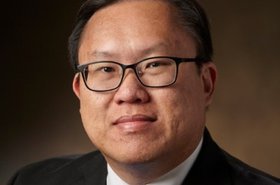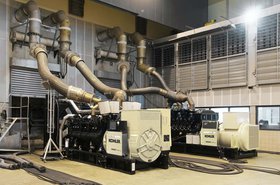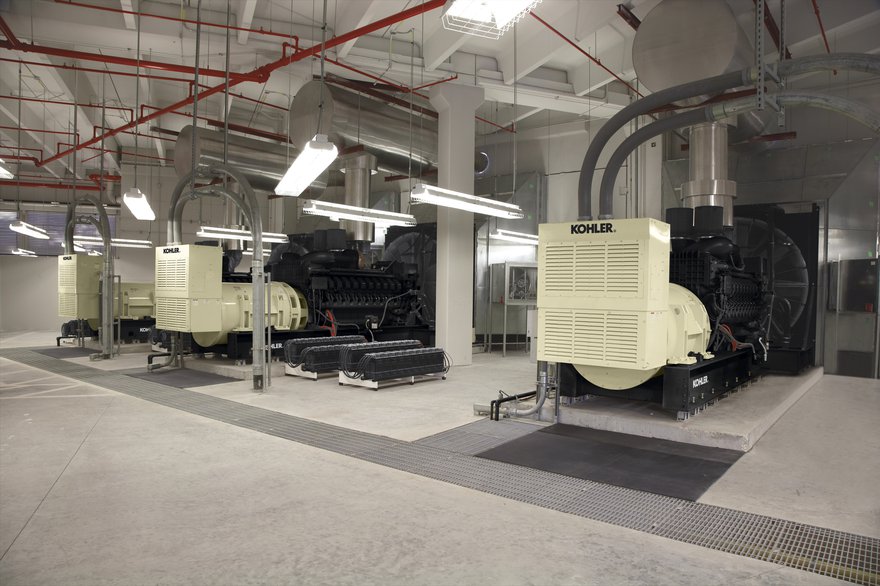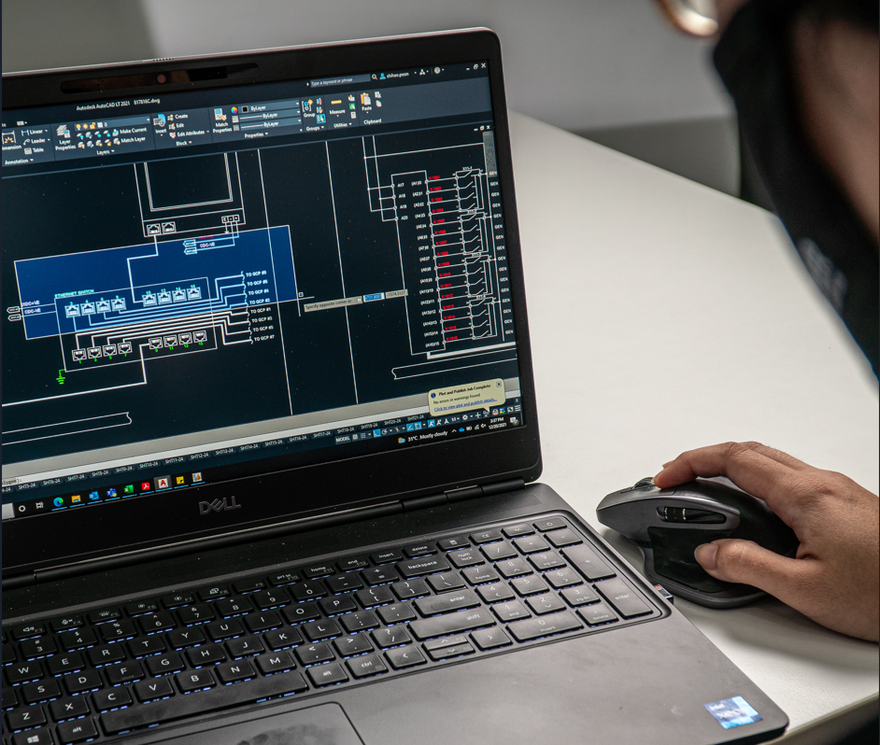Having reached its centenary back in 2020, Kohler Power Systems knows all too well the importance of moving with the times. Today, demands for failsafe data centers are growing, at the same time, climate change is enforcing the need to find alternatives to traditional fossil fuels that ensure not only cleaner running systems, but a retention of reliability.
Keith Khoo, head of marketing at Kohler Power Systems in Southeast Asia, talks about the way that Kohler is embracing those challenges, both globally, and in terms of his own region.
“In Southeast Asia there are three main challenges” he says. “Starting with space, the region consists of many countries, and most of the data center activity is located in key cities – we’re talking about Singapore, Tokyo and so on. These are cities with high population densities, so space is a concern. Take fuel cells: a typical fuel cell will take up to three times as much space as a diesel genset.”
Khoo goes on to talk about the cost element: “A backup generator basically serves as an emergency application. The cost of a new sustainable solution will not be justifiable for the operator until a point in time when the price point is within an acceptable range.”
Furthermore, he adds, availability of skilled staff will also be an issue. “Not all countries have the same access in terms of talent and technologies. Without the access to all of this infrastructure, and also the technical support, it poses a definite challenge for different countries in different ways.”
But Khoo is keen to point out that while these challenges exist, that doesn’t mean Southeast Asia has any intention of falling behind the global curve.
“We’re not as far ahead as, say, North America or India. Singapore, Taiwan and even Japan are on-par, but other countries in the region, like Malaysia, Myanmar, Vietnam, and Indonesia, are definitely still far away from what we want to be seeing. But things are going to change over the next five years, especially with countries adopting new measures and regulations to achieve carbon neutrality. The activities to scale out on sustainability will certainly increase.”
The impact of regulation
For a company like Kohler with its commitment to aiding firms in moving to more sustainable solutions, there’s the added challenge of conforming to differing regulations, says Khoo.
“There are three big sets of regulations – EPA in the North America region, European Union regulations, and then a third set from Japan.
“In Southeast Asia, we have government bodies adopting different sets of rules. Take Singapore. They’ve taken a bit of the Euro regulations, a bit of the EPA, and a bit of Japan’s standards as well. Meanwhile in Taiwan, they’ve adopted the same regulations as the EPA, and those are some of the strictest in terms of zero emissions and carbon neutrality.”
But not all governments take the same line, and the reasons for this can vary.
“With the Indonesian government, emissions and regulations are less of a concern for two main reasons. First, the cost of enforcing strict regulation in this region would be too much for companies to manage. Second, because backup generators are not run on an ongoing basis, the concern on the emissions they produce is not as great as, say, that of road vehicles.”
Kohler, as a market leader, has therefore adopted a policy of thinking globally but acting locally, and adapting its solutions to the different needs of individual markets.
“Kohler is trying to provide different options for our customers. Take the example of our KD series of generators. We can offer an emissions-optimized engine, which produces the fewest possible emissions, or a fuel optimized engine that offers the best possible fuel consumption, so although they’re not producing cleaner emissions, they are producing less of them.”
With its 100 years of engineering experience, Kohler is well placed to be able to study the market with forward thinking, incorporating the lessons provided by hindsight. Khoo talks about how this knowledge aids the customer in finding the correct solution.
“Kohler has seen diesel engine design evolve a lot in the past twenty years. We won’t see changes in terms of the performance and power, but we do see a lot of improvement with efficiency – engines with higher pressure injection fuel systems that burn fuel at a more effective rate, so more fuel gets turned to energy and less into waste.”
Diesel generators are a significant purchase and not likely to be replaced lightly, so Kohler’s commitment must be applied to the whole lifecycle, including engines already in use.
“The other way we can help is to look at aftermarket solutions. There’s two main ways to do this. Adding SCR – ‘selective catalytic reduction’, like the catalytic converters in your car – to existing units, can slash the soot and NOx levels. The other area is optimizing the software that controls the generators in order to ‘teach’ the engine how to be more efficient.”
But how can software control emissions?
“Every piece of software is unique. We can use software to trigger the firing sequence to ensure every cylinder is burning fuel at a higher efficiency rate, creating a more effective burning process, and the conversion rate within the chamber itself. It also enables the customer to monitor these parameters – you can’t control what you can’t monitor.”
The one thing that won’t change, however, is that diesel itself is never going to be a clean fuel, and for a generator that’s usually only run every year to test and maintain it – save for it being called into service – the impetus for change is sometimes the biggest challenge.
“In data centers, the number one priority will always be reliability, but technology continues to evolve, and an increasing number of our customers are making enquiries into alternative fuels. We’re now seeing alternative fuel and genset combinations that retain the reliability, but can offer them a greener solution.”
HVO and SCR
At the heart of those alternatives is hydrotreated vegetable oil (HVO), a biofuel made entirely from waste, which produces almost no harmful emissions. Khoo is keen to point out that varied challenges and barriers to adoption in the region are not, by any means, showstoppers.
“Kohler is not only looking to offer HVO to all our customers, but we are introducing it into our production process, so all our products are able to run on diesel or HVO without modification. That means that customers can make the move to cleaner fuel without any additional costs for modification. They don’t even have to change their fuel infrastructure – diesel and HVO work interchangeably or in combination, so all the customer has to do is put HVO into their diesel tank and continue on as they were before.”
However, although HVO may be the future, in Southeast Asia there are infrastructure challenges preventing immediate widespread adoption.
“It’s very much down to the government approach to the adoption of renewable energy, but also the availability of different types of fuel in each country. The good thing is that with data centers, we see a higher concentration of these in areas where there is a higher concentration of HVO availability. Singapore is a great example of this.”
Particularly in developing markets, the bottom line remains king. Is HVO an affordable alternative to diesel? Khoo argues that you have to look at the big picture.
“At the moment, HVO is more expensive because it is produced in smaller quantities, but we also have to consider the total cost of ownership of the genset. Where a diesel tank and generator may have to be cleaned once every six months – draining the tank, filtering the impurities, cleaning, and then pumping the diesel back into the tank. With HVO, the cost of maintenance is significantly lower.”
Plus, the cost of HVO will continue to fall as production ramps up, and Southeast Asia is one of the territories leading the charge.
“Singapore already produces HVO ‒ and even ships supply to Europe. The Indonesian government has just committed investment in the production of HVO. So as the production increases and it becomes more freely available, the cost will fall.”
Although the advent of a clean alternative to diesel is at the heart of Kohler’s current strategy, the work is far from over, and the company is committed to keep developing other clean solutions.
“There are two types of green energy. Energy production, like biofuels; and energy storage, such as battery cells. Batteries present a problem here. In terms of the space requirements, they’ve already come down in size and increased in capacity over the past ten years.
“For some, that will be the preferred solution. In companies such as Microsoft and Google, this is the area that they are exploring, and Kohler is working on this too. There won’t be a single solution that everyone adopts, so it’s vital that we are able to offer a variety of options to our customers to reflect different needs.”
But the final facet of Kohler’s strategy towards greener gensets doesn’t take place in the workshop, the laboratory or out in the field – it comes from the classroom. Khoo is proud to talk about Kohler’s work at educating customers about the benefits of becoming more sustainable.
“One of the biggest barriers that we have to overcome is the lack of knowledge of greener energy. Many of the operators we’ve spoken to hadn’t even heard of HVO. As we release a new product into the market, we work with the customer to see if it is something that can work for them. As more customers start adopting HVO, we’ll have more evidence that proves that it works, is reliable and the acceptance rate will grow.”
Although the Southeast Asia region presents significant challenges for green genset adoption, from economies of scale, to infrastructure, to availability of both product and manpower, Kohler’s commitment to education, as well as refinement of technology, shows that even in the most challenging of circumstances and with demand for data continuing to soar, the world can still be a cleaner, greener, yet always-on place.
To find out more about SCR, HVO and more sustainable diesel backup power click here.
More from Kohler Power Systems
-

Sponsored Southeast Asia’s growing data center market embraces sustainability
Advances in generator and battery technologies are contributing significant reductions in emissions, but neither fuel cells nor batteries can yet match diesel for convenience and energy density
-

Kohler swaps diesel for HVO at Brest generator manufacturing plant
Manufacturing firm ditches diesel for biofuel to test gen-sets
-

Sponsored How to generate more sustainable backup power
For data center operators looking to improve sustainability, without compromising on capabilities, the answer may be backup engines that can run on recycled vegetable oils, says Kohler’s Jacky Pluchon



